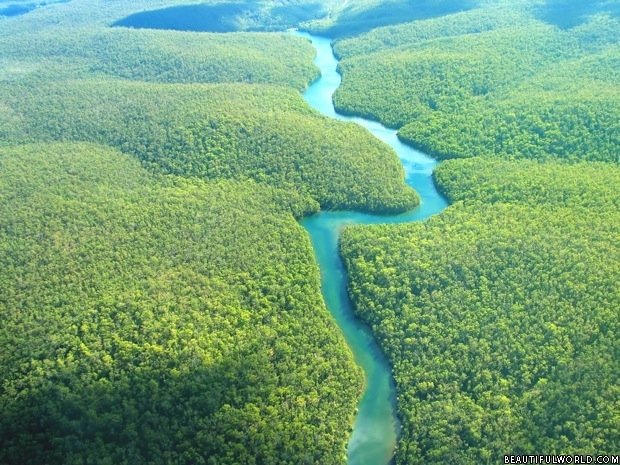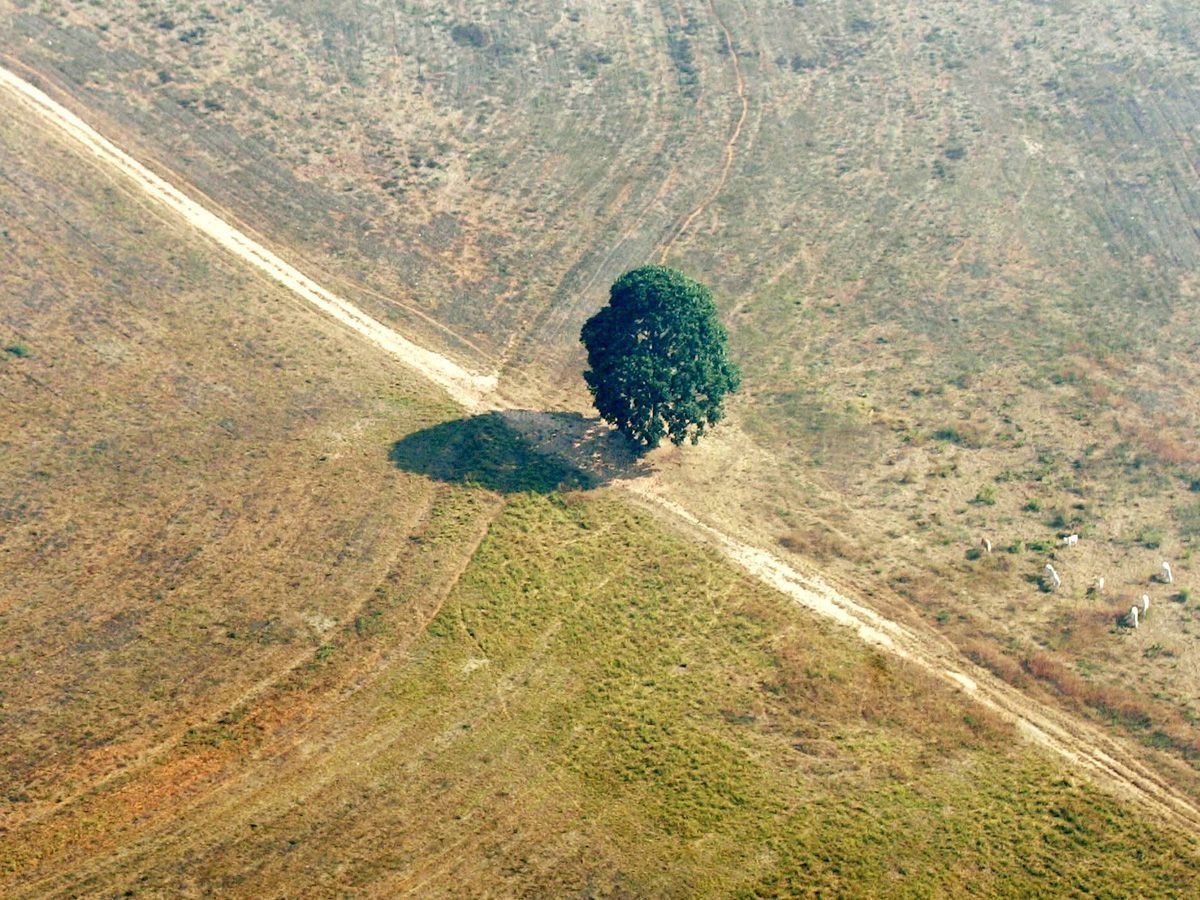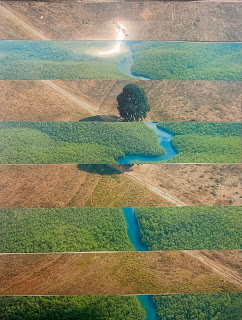Photojournalism and Natural Disasters

Taking photos of these forest fires are an incredibly dangerous challenge for photojournalists. The intensity of the situation can be seen in the difference of these two photos. The serene nature of this tree-line in Sacramento is completely engulfed in flames by the 2020 California wild fires. There are many dangers when photographing natural disasters, especially wildfires. To capture a moment like this, the article
Tips for Photographing Safely near Natural Disasters by Noisecast obviously advises from getting to close by stating, "a good photo is worth a lot, but it's never worth your life." There is a very extreme level of dedication that is required to put your own life on the line. Scenarios like this are a true testament to the courage it takes to be a natural disaster photojournalist. Luckily, there are solutions to make the experience safer. Telephoto lenses help to capture an impactful picture without harm to the photographer. They also suggest a fire proximity suit to get as close as possible while remaining safe. A photojournalist's livelihood lies in their equipment. An important step in the preparedness of photographing a fire as seen above is to not use a plastic case. Tips for Photographing Safely near Natural Disasters explains that "the plastic might melt and damage the camera and lens."
This photograph shows the haze of fog that settle over Bejing, China in 2015. The Forbes article Beijing Declares 'Red Alert' Over Pollution Haze Visible From Space explains this time in China's history as, "a level [of air pollution] that results in serious risk of adverse respiratory effects in the general population." This is something the average person in other countries has not experienced. It is the job of the photojournalist to depict these dangers in a relatable context for the outside viewer.
Photographing issues like above have some safe alternatives that other natural disasters do not have the luxury of. The complexity of photographing something as intangible as smog can be maneuvered by using technology such as a "NASA satellite image [that] reveals dense polluted fog surrounding eastern China" according to Beijing Declares 'Red Alert' Over Pollution Haze Visible From Space. This specific photo was not take with this method, but there are ways to keep photojournalists safe from the dangers of an environment in crisis.
Deforestation of the Amazon Rainforest

 Photo By India Times Photo By Beautiful World
Photo By India Times Photo By Beautiful World

The deforestation of the Amazon rainforest as seen above can be a complex task to shoot. Tommaso Prottie was a environmental photographer chosen to portray the injustices in the Amazon. In the article
A haunting portrait of crisis in the Amazon rain forest, he explains photography this landscape is a dangerous challenge because "[It's] a really complex environment." However, simply being in this environment poses risks for photojournalists.
The complexity lies within this manmade natural disaster posing risks to the economic and cultural operations. Ariel views can be taken with simple drone technology, but being on the ground is where the dangers lie. To capture these images, photojournalists have to be in the midst of the turmoil and witness "poverty and violence" due to "poor environmental health in the Amazon" creating a domino effect of dangers as stated in the article
A haunting portrait of crisis in the Amazon rain forest. Deforestation creates problems amongst farmers and tribes in the area. Prottie witnessed violent confrontation and unsafe tension while trying to photograph the illegal activity taking place. This goes to show that while what is depicted in a photograph may not be inherently dangerous itself, its impacts on its surroundings is.
Houston, Texas Flooding
This is the before and after of interstate highway 45 in Houston, Texas after major flooding in 2017.
Photojournalists
of natural disasters do not just hover around the scene, they imbed themselves
into the challenges. David Snyder in the article When Disaster Strikes: How Photojournalists Balance
Documenting Scenes Of Tragedy & Destruction with Running a Business explains there is always “potential danger- in
flood zones where finding clean was can be a difficulty.” The dangers of photographing natural disasters comes from not only the physical challenges, like not being able to find water, but the emotional strain of willingly putting themselves in an environment filled with complications. In a destructive situation such as this, the article Is Photography a Dangerous Career by
Coverhound explains, “it's vitally important to waterproof your equipment,
avoid hazards in scenery and structure (like falling rocks, torrential
downpour, high winds, openings that could ‘swallow’ your equipment, unsafe
vehicle use, etc.) and ensure safe transportation containers.” It is important to be able to react quickly to a changing environment for the sake of the photojournalist and the equipment that makes up his or her livelihood.
Photo By India Times Photo By Beautiful World










Comments
Post a Comment